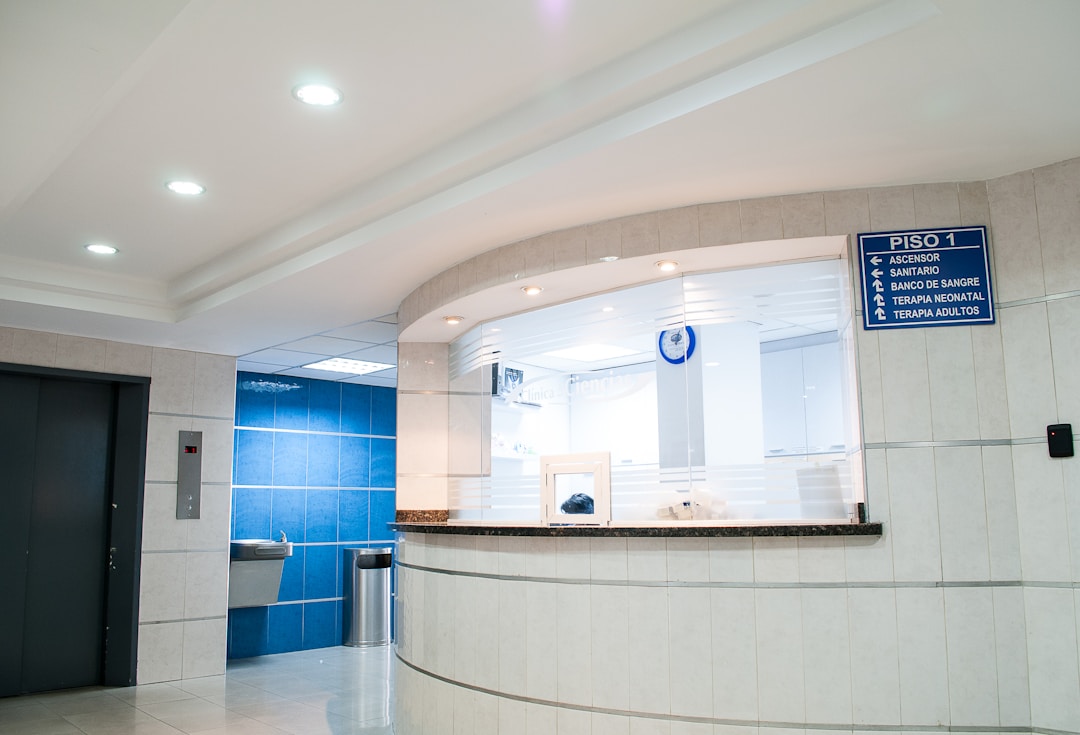Addiction is blind. It doesn’t care about your financial status, marital status, creed, color, race, nor gender. There are several different ways someone struggling with these demons can get the help they need to create a better tomorrow. Let’s take a closer look at four of the treatment options available that could offer the next step forward in recovery and instill some lost balance brought on by addiction.
1. Residential Treatment

While it may be costly, spending time away from anything that triggers you to abuse substances could be the first step in curbing the habit. Residential treatment programs provide a safe and supportive environment for someone struggling with an addiction or alcoholism. Facilities like The Hope House are designed to help a patient confront their addiction at the source, with the help of masters-level clinicians and a highly trained medical staff that can provide around-the-clock care.
With residential treatment centers like Hope House, a personalized plan is created for each patient to help develop healthy habits and coping skills. This commitment to starting life anew make take a few days, a number of months, or even the next year, depending on the severity of a person’s struggles with substance abuse.
2. Outpatient Treatment

Seeking treatment for substance abuse issues can be a large expense, and you may find yourself looking into how to budget for large expenses to save a loved one. While you may have to adjust spending habits in order to help a family member or friend with their long-term recovery, there are ways to get them the help they need at a lesser cost.
Outpatient treatment allows for a person entering recovery to live at home while going through a treatment program. This is an optimal choice for people who may not be able to take on this unexpected expense and need to continue at work or for those who simply can’t take an extended period of time away from home. It’s important that a solid support system exists for an outpatient program to work properly. These facilities have the same highly-trained team members as residential treatment, but treatment can also be conducted through an addiction specialist and even through telehealth visits during the COVID-19 pandemic.
3. Partial Hospitalization

Day treatment or partial hospitalization is similar to outpatient treatment, as it allows you to live at home while working your program. However, this is a larger time commitment, and it may have an impact on your future expenses. You will receive the same detox and counseling support you would get from a residential treatment facility, but it’s over about seven to eight hours every day.
A patient relying on partial hospitalization to help combat their addictions may also work with therapists and psychologists during the day. They may also attend 12-step meetings or life skills education courses in the evening. Despite the extra cash that may be needed to fulfill commitments, this is a more preferred option for parents of young children or those with obligations at home.
4. Sober Living Communities

People struggling with addiction may find it difficult to leave the safety of a residential treatment program and return home. Sober living communities serve as the middle ground to ease those in recovery into living a clean life. These sober homes are designed to allow for some return to daily life, but with the safety of an environment free of drugs and alcohol.
These sober living facilities allow patients to feel right at home, with their basic needs met, and they’re made to give some accommodation, ranging from buying certain foods and water products to conducting 12-step sessions and creating group outings, like trips to the spa or a journey out shopping. These facilities also allow for quick access to a sponsor at any time to help deal with the struggles of temptation.
